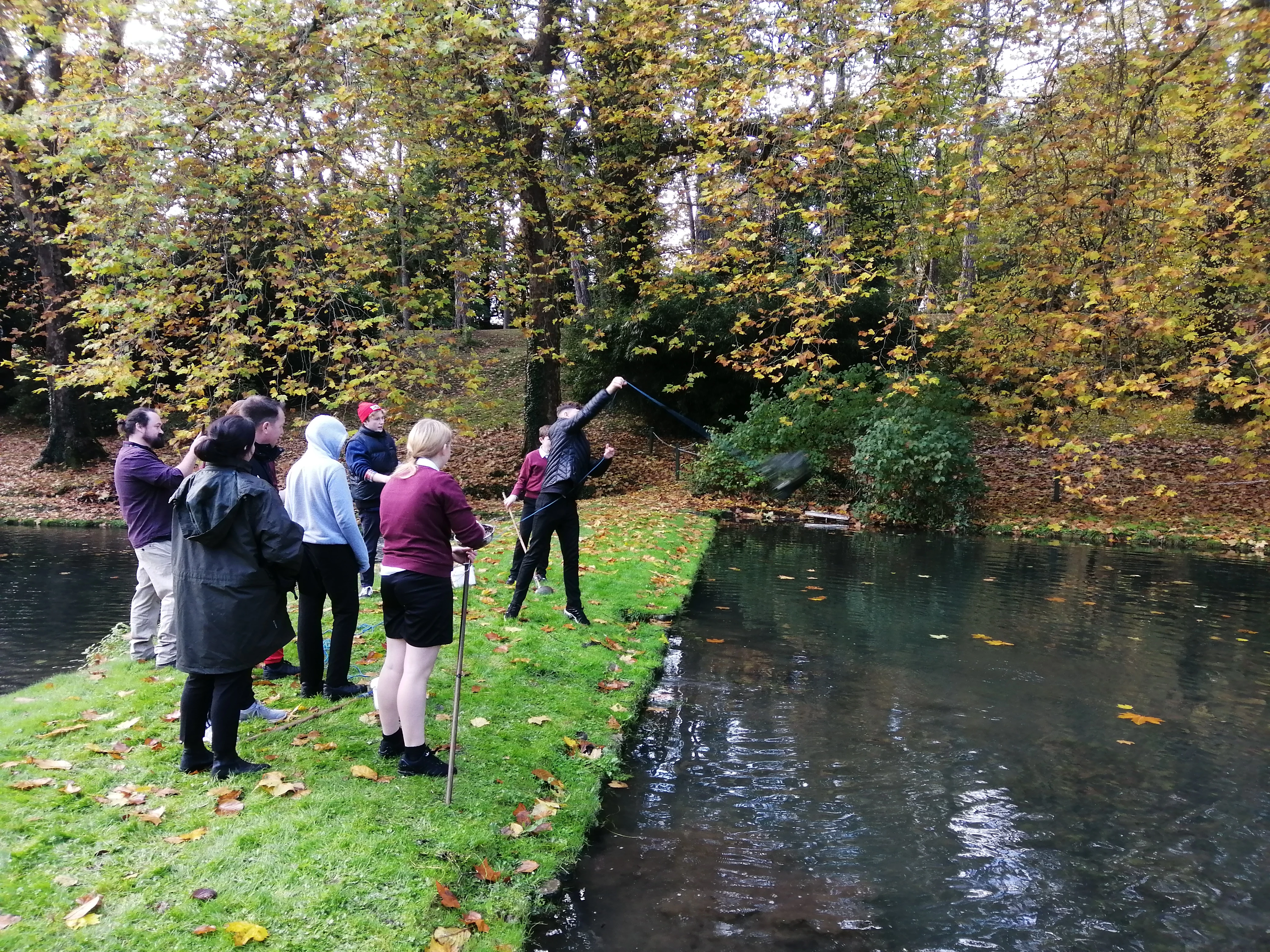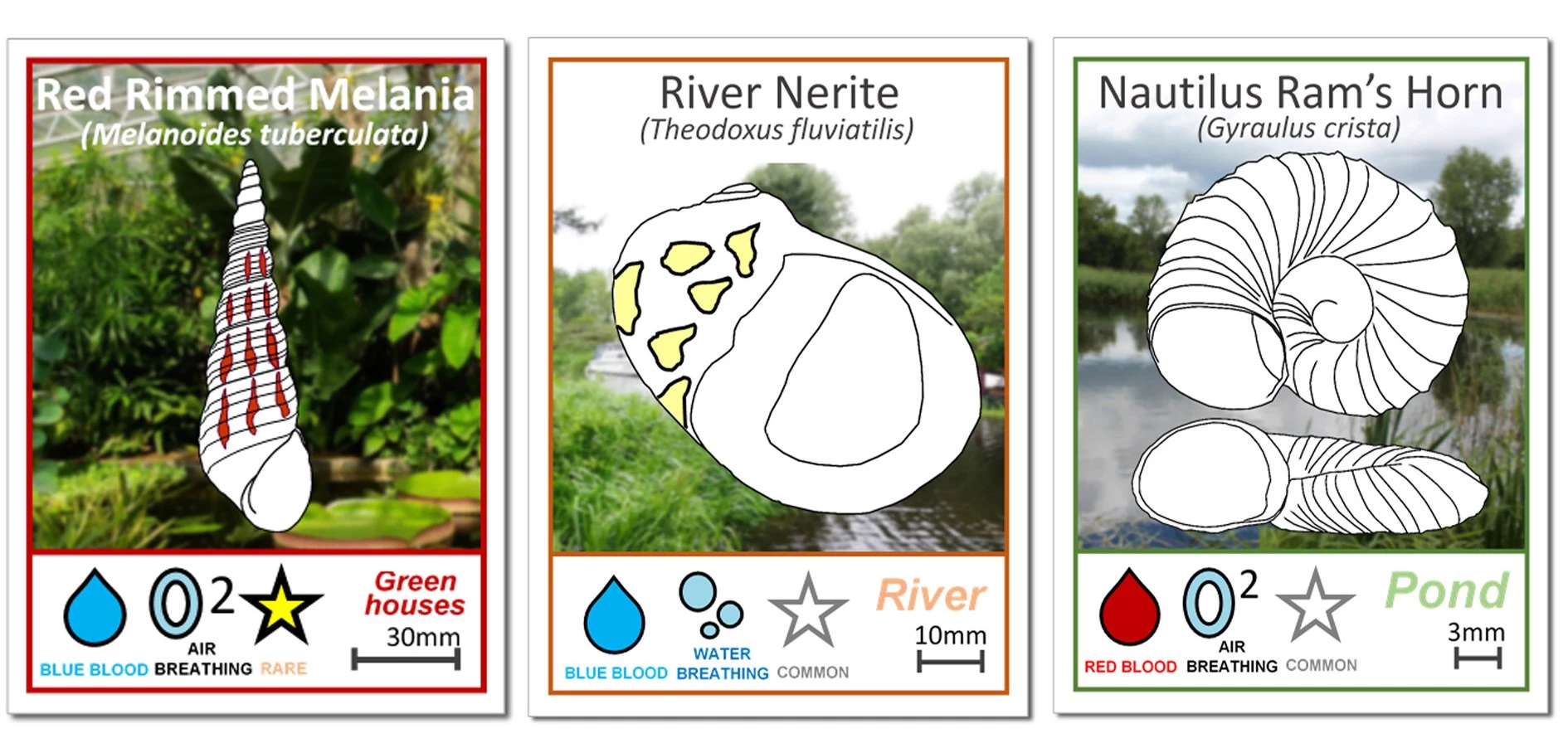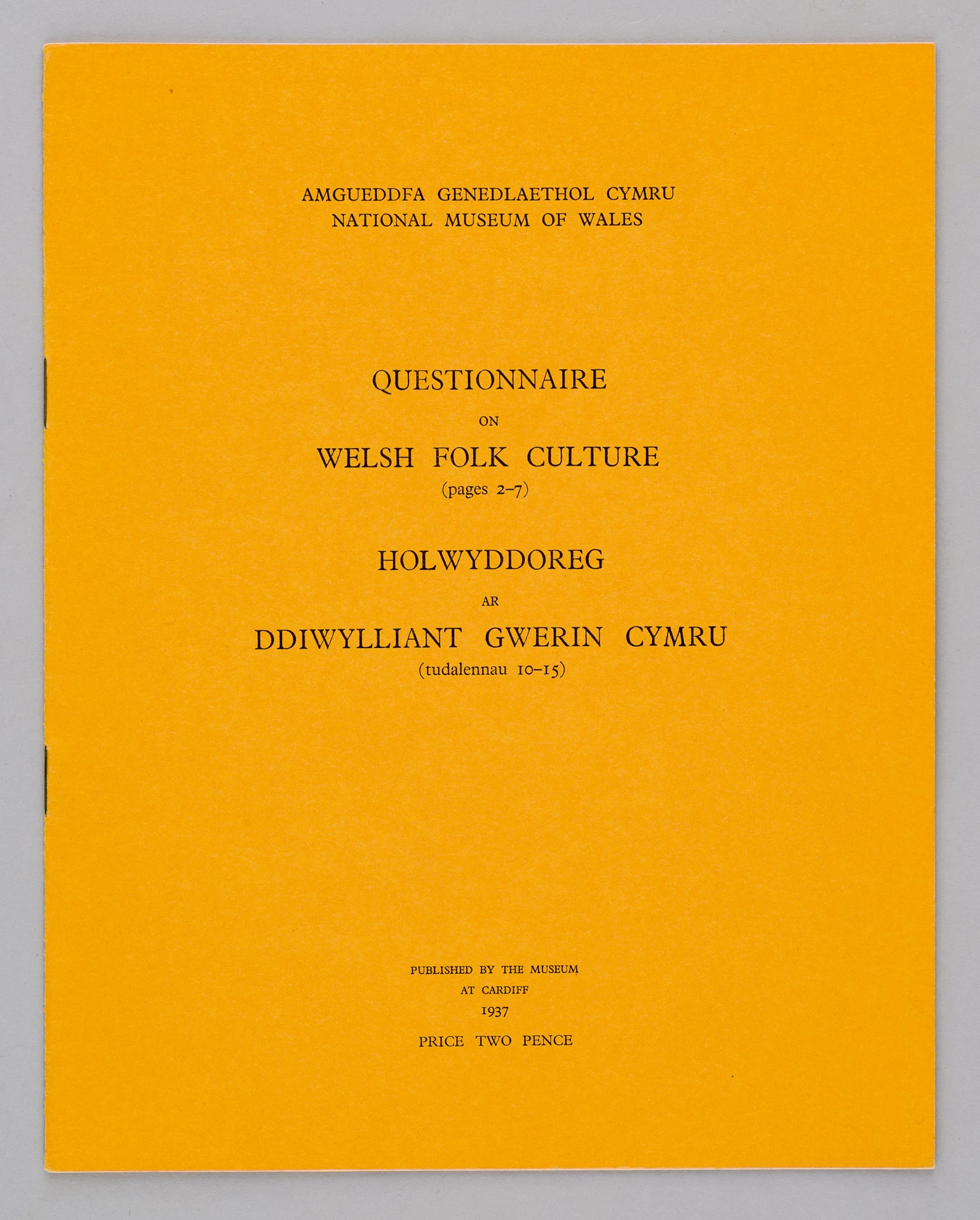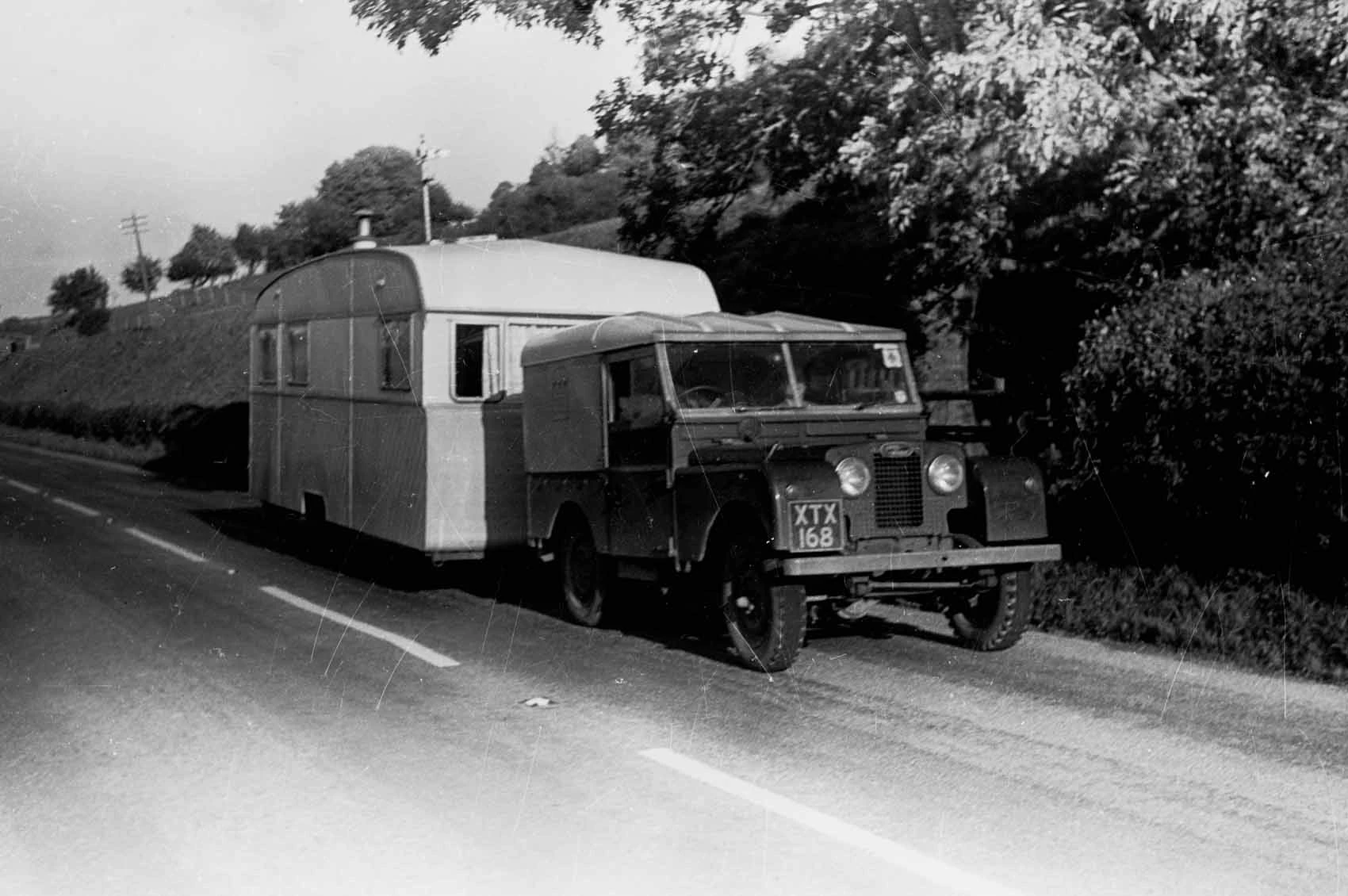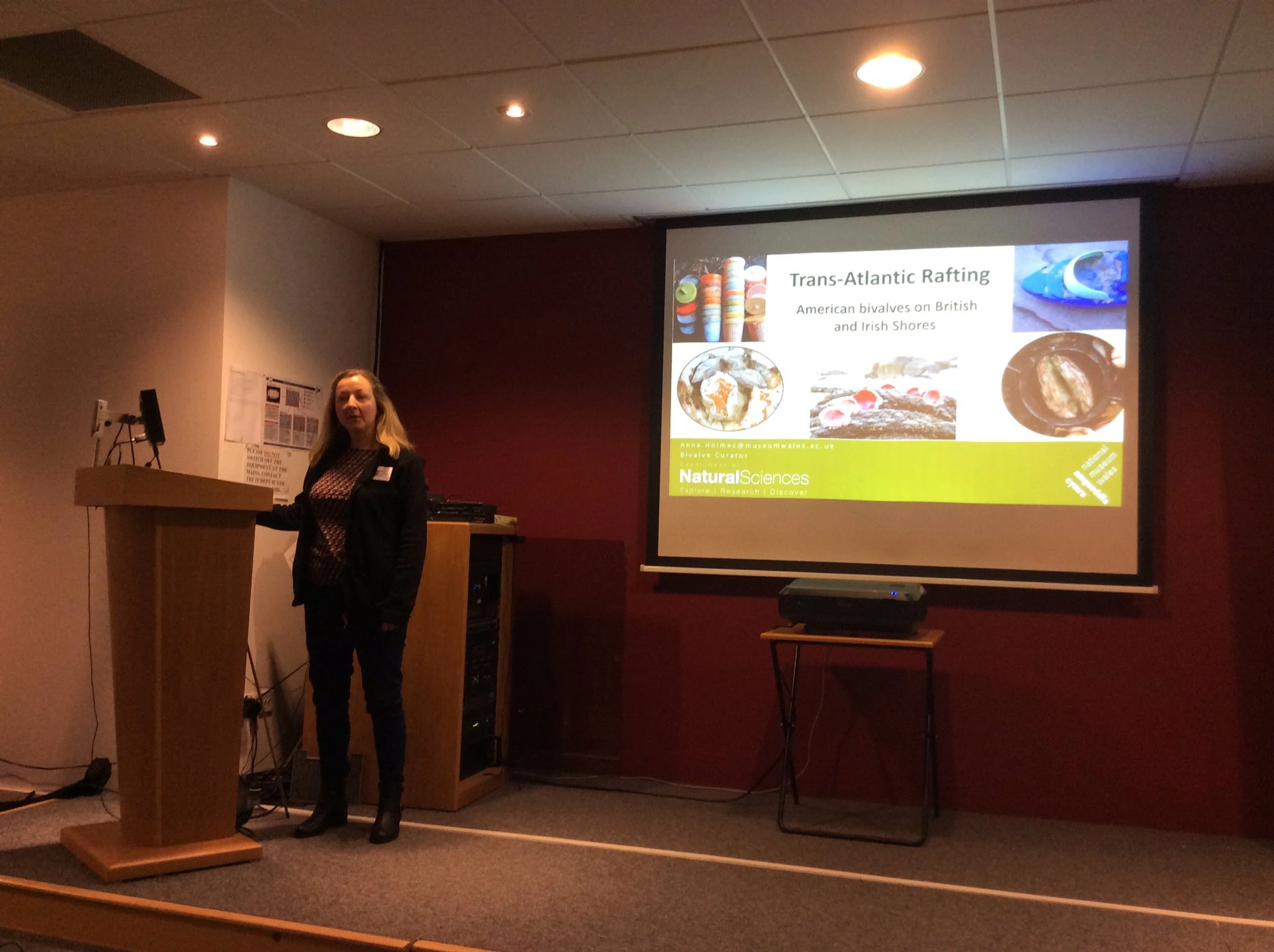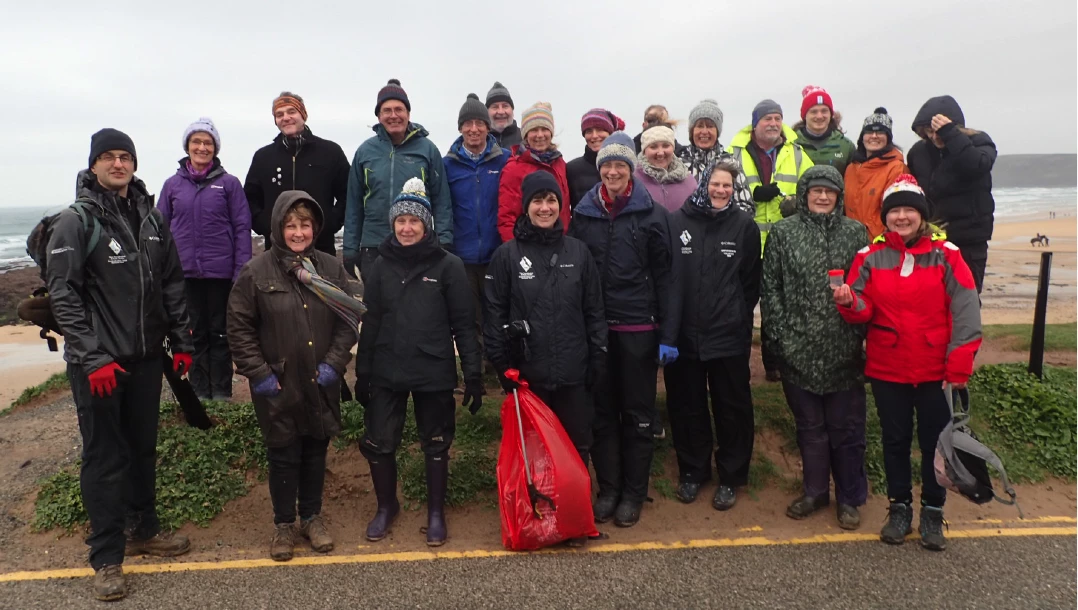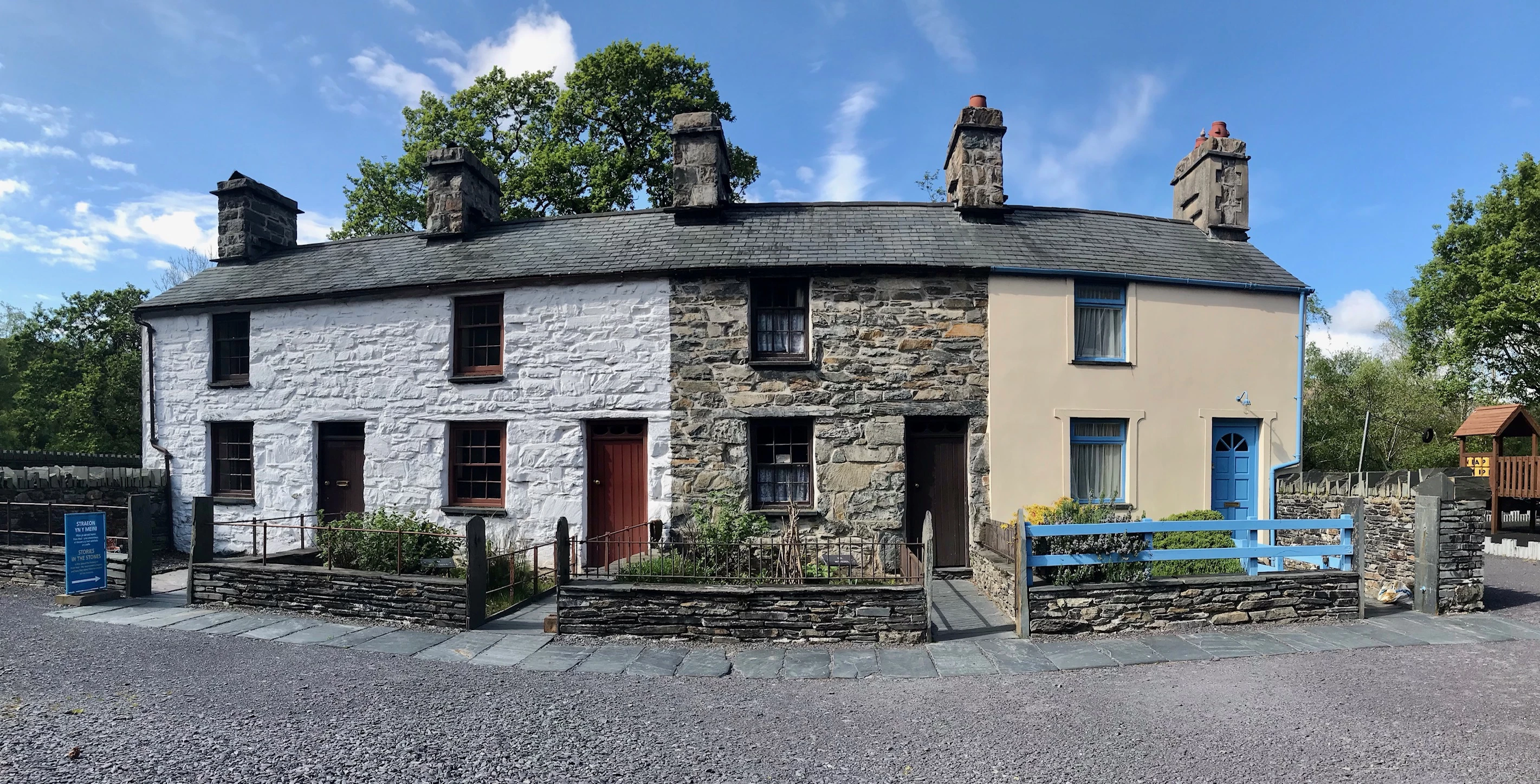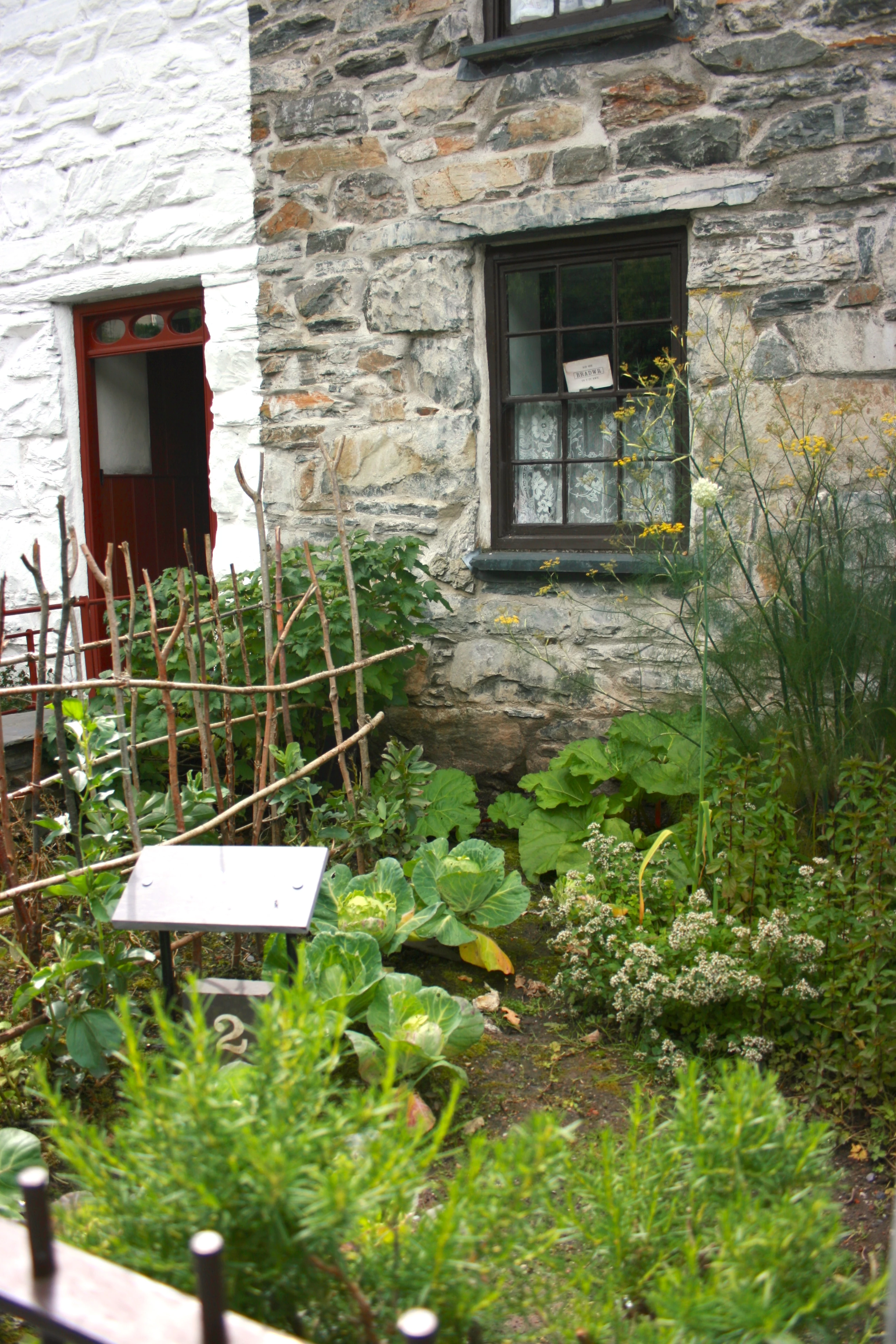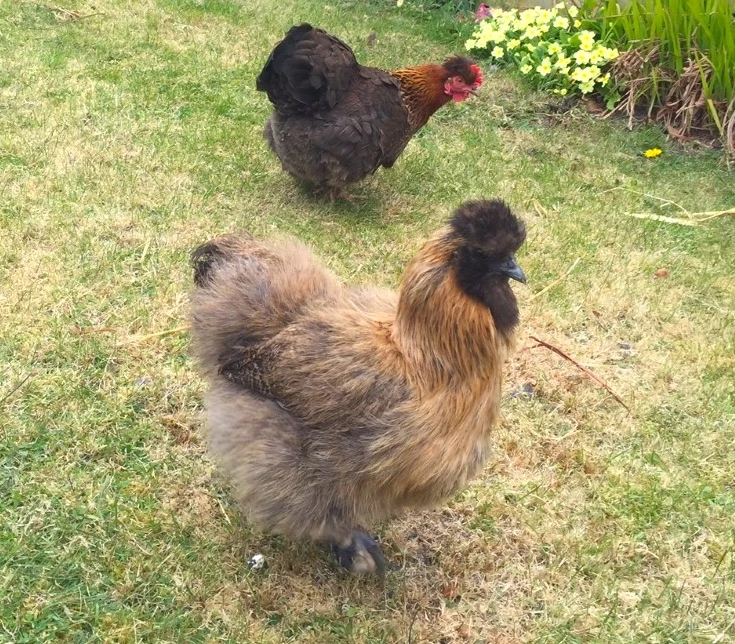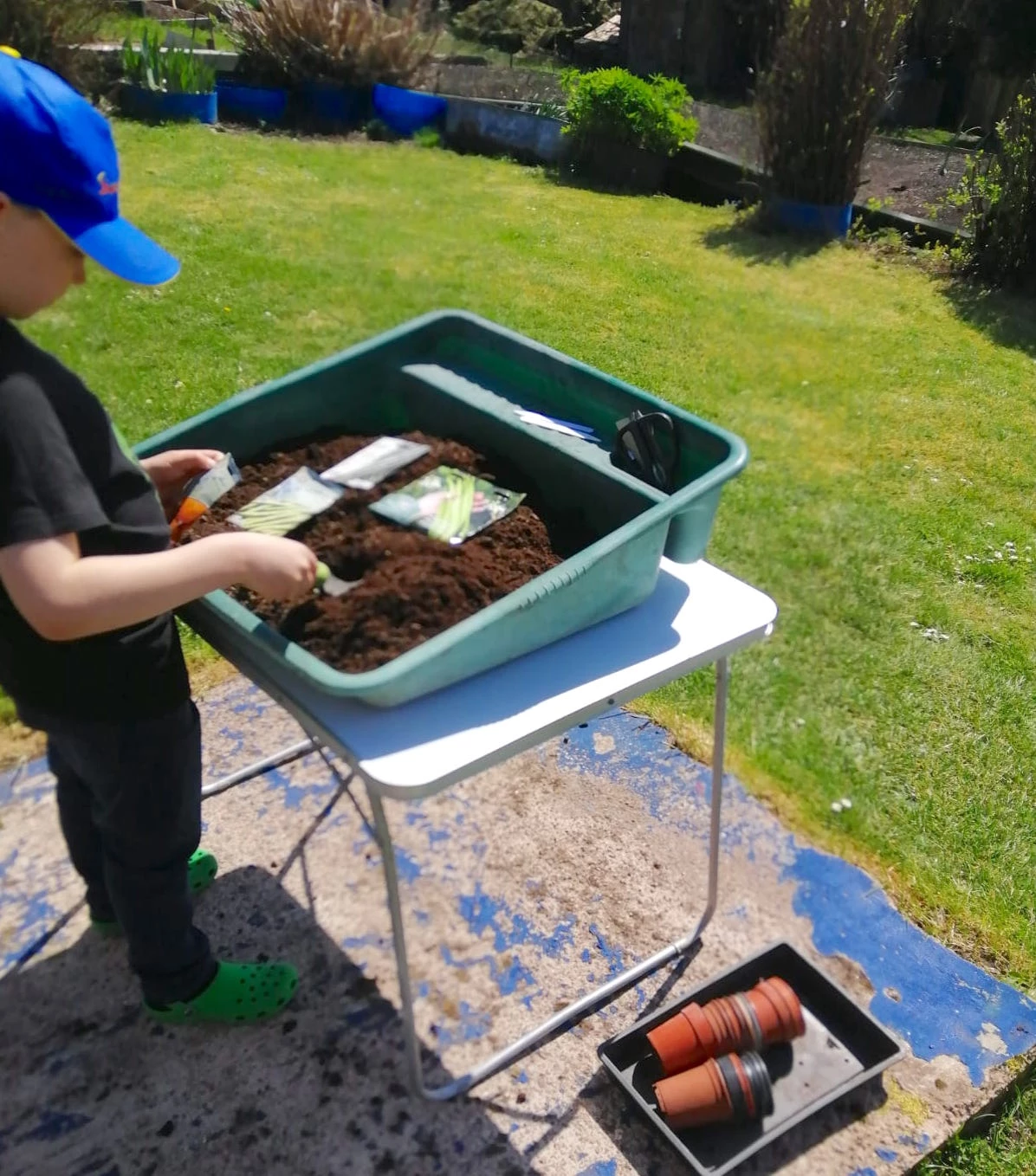Snail Safari
, 1 Mehefin 2020
“Codi i’r Wyneb - Brought to the Surface” is a project on freshwater snails led by the Museum’s Department of Natural Sciences, supported by the National Lottery Heritage Fund. For more information on the project I recommend reading; Shells at the Surface of “Brought to the Surface” (January, 2019) and “Brought to the Surface” Now in Full Flow (June, 2019).
Ben and I have been busy since the last blog entry in June 2019! We took our project on tour, visiting a variety of different public events, training workshops and conferences. As a result, we have had the pleasure of engaging with a bunch of interesting people. 1,263 people to be exact! This has included professional consultants, scientific researchers, amateur naturalists, keen gardeners and more! We would like to thank you all so much! Your commentary and feedback has supported us on our way to producing an identification guide for environmentalists of all ages and backgrounds.
Snail Safari was one of our favourite public events of the last year. The bilingual educational workshop was designed for children aged 8-11 and was held at St Fagans National Museum of History. The purpose of the event, which consisted of two separate sessions, was to simulate and promote the type of work that we, as taxonomists, carry out at the museum.
For the introductory session we led the group on a safari to survey the ponds and lakes in the gardens at St Fagans. With nets and buckets the children collected freshwater snails to examine back at the classroom where, many of them were given a chance to use a microscope for the first time! The Gweithdy carpentry workshop served as an excellent impromptu laboratory with plenty of space for the group to lay out trays of pond water for sifting. The session ended with a lively competition to find the biggest and/or fastest snail. The enthusiasm displayed by the group impressed us so much, that we decided to kick it up a notch for the second session.
Inspired by Guess Who, Guess Whorl is a competitive card game in which players take turns asking questions about identifying features. The goal is to deduce the identity of a mystery freshwater snail species using the process of elimination, with questions such as, “Does your snail have a pointy shell?” or “Does the shell have stripes?”. The indoor Snail Safari session consisted of an exciting tournament to award the best taxonomist and Guess Whorl player in the group. Driven by the competitive element, the children became fascinated by our card game and the variety of different snail shells illustrated on the cards. With 17 species to guess from and 9 different identifying features, Guess Whorl kept us occupied for an entire afternoon!
By the end of the session, the group had learned about the differences between types of British pond snails and how to deduce and describe those differences in the same way as a taxonomist might. With some nets and buckets, a few laminated cards, and a bit of ‘thinking outside the box’ we delivered our favourite workshop yet.
Guess Whorl can now be used as a useful teaching tool for a variety of future public engagement events. With some adjustments, we think that the card game could be used for training purposes in identification courses for professionals as well as beginners!
We would like to thank Ian Daniel from St Fagans for his enthusiastic approach and brilliant improvisational skills. Thank you to the children from Ysgol Plasmawr, Ysgol Bro Edern, Ysgol Glantaf, and year 7,8 and 9 ladder group and platform group from Cardiff West Community High School, for taking part in our Snail Safari.
